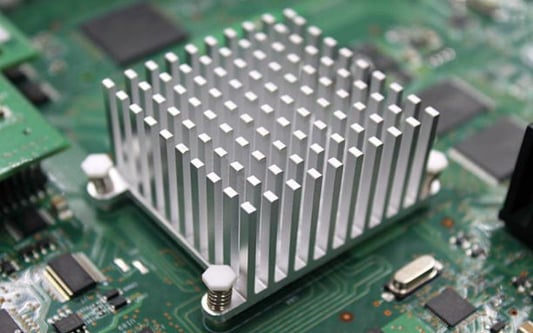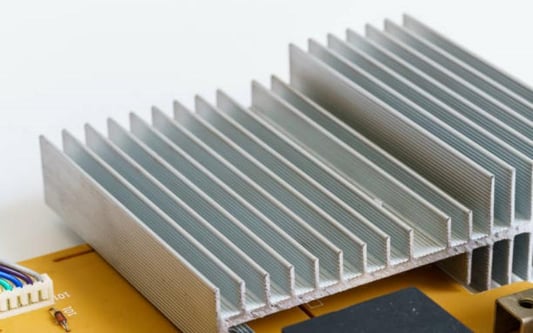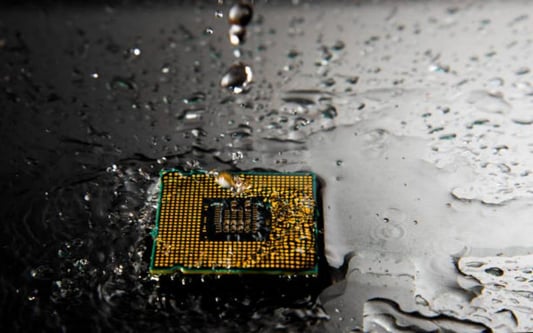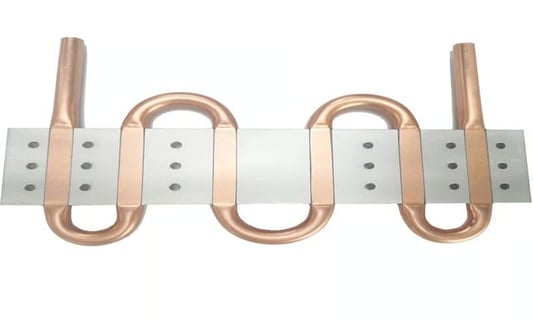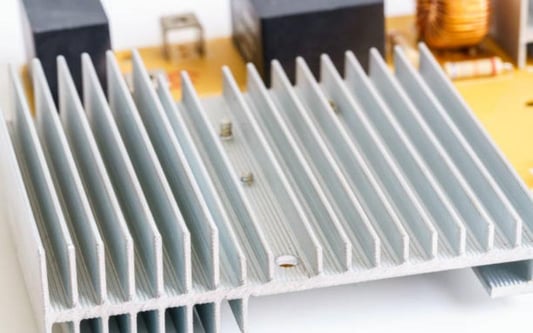The Importance of a Suitable Heat SinkWhen it comes to managing heat in electronic devices, a suitable heat sink plays a crucial role in maintaining optimal performance and longevity. Heat sinks are designed to dissipate heat generated by electronic components, protecting them from overheating and potential damage. However, with a wide variety of heat sinks available on the market, choosing the right one can be a daunting task. In this article, we will guide you through the process of selecting a suitable heat sink for your specific needs.Understanding Heat Sink BasicsBefore delving into the selection process, it is important to understand the basics of a heat sink. A heat sink is typically made of a thermally conductive material, such as aluminum or copper, which helps in transferring and dissipating heat away from the electronic component. The heat sink is attached to the component using a thermal interface material (TIM) like thermal paste or pad, which ensures efficient heat transfer. The size, shape, and design of the heat sink greatly influence its effectiveness in cooling the component.Consider the Thermal Design Power (TDP)One of the first factors to consider when choosing a heat sink is the Thermal Design Power (TDP) of the electronic component it will be cooling. The TDP represents the maximum amount of heat the component is expected to generate under normal operating conditions. It is crucial to select a heat sink with a TDP rating higher than the component's TDP to ensure effective heat dissipation. Failure to do so may result in overheating and reduced performance or even premature failure of the component.Determine the Heat Sink Form FactorHeat sinks come in various shapes and sizes to accommodate different electronic components and applications. The form factor of the heat sink should match the form factor of the component or the space available for installation. Some common heat sink form factors include finned heat sinks, pin heat sinks, and plate heat sinks. Each form factor has its own advantages and limitations, so it is important to choose one that fits your specific requirements.Consider the Airflow ConditionsAnother crucial aspect to consider is the airflow conditions in the system. The effectiveness of a heat sink greatly depends on the airflow around it. If the system has sufficient airflow, a passive heat sink (without a fan) may be sufficient. However, in applications with limited airflow or high heat dissipation requirements, an active heat sink (with a fan) might be necessary. It is important to consider the ambient temperature and any obstructions that may affect the airflow when choosing a suitable heat sink.Optimize the Surface AreaOne of the key factors that determine the effectiveness of a heat sink is its surface area. A larger surface area allows for better heat dissipation. This can be achieved through the use of fins or other extended surfaces on the heat sink. However, it is important to strike a balance between surface area and form factor, as a larger heat sink may not always be feasible or practical for the given application.Consider the Thermal ResistanceThermal resistance is a measure of how effectively a heat sink can transfer heat from the component to the ambient environment. Lower thermal resistance indicates better heat dissipation. When choosing a heat sink, it is important to consider the thermal resistance value specified by the manufacturer. This value is influenced by factors such as material conductivity, surface area, and design. A lower thermal resistance ensures efficient heat transfer and helps in maintaining lower operating temperatures.Check the Noise LevelIf the application requires a heat sink with a fan, it is important to consider the noise level generated by the fan. Noisy fans can be distracting and may not be suitable for certain applications, such as audio equipment or quiet environments. Look for heat sinks with fans that have low noise ratings, usually specified in decibels (dB). This ensures efficient heat dissipation without compromising on the overall user experience.Consider the Cost and AvailabilityCost and availability are practical considerations when choosing a suitable heat sink. The cost of a heat sink can vary depending on factors such as material, size, and design complexity. It is important to strike a balance between cost and performance, ensuring that the selected heat sink meets your requirements without exceeding your budget. Additionally, consider the availability of the heat sink, especially if you require a specific form factor or customization.Verify Compatibility with Thermal Interface Material (TIM)When installing a heat sink, it is crucial to ensure compatibility with the chosen thermal interface material (TIM). The TIM helps in filling the microscopic gaps between the heat sink and the component, ensuring efficient heat transfer. Different TIMs have varying thermal conductivity and viscosity characteristics. Ensure that the chosen heat sink is compatible with the TIM you intend to use, and follow the manufacturer's guidelines for proper application.Consult Manufacturer Datasheets and Application NotesLastly, it is always recommended to consult the manufacturer's datasheets and application notes for the electronic component you are using. These resources provide valuable information about recommended heat sinks, thermal design considerations, and installation guidelines specific to the component. Following the manufacturer's recommendations ensures optimal performance and reliability of the heat sink and the electronic component.Quote InquiryFooter


